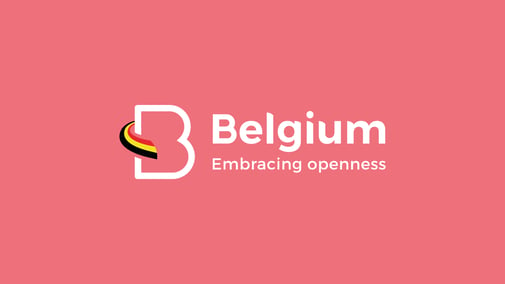Change comes in all shapes and sizes. Organisations launch new products, causing turmoil in their internal procedures. Policymakers enforce new rules, obliging brands to adapt. Evolutions in technology mean organisations must embrace new security structures and processes. Market movements require companies to adapt to their customers’ changing expectations.
Not forgetting external shake-ups – such as pandemics, economic crisis or even war – which turn our community upside down and force brands to make radical change.
In short: the world is never still. Brands must keep up and evolve continuously if they are to survive and grow in such dynamic surroundings. Otherwise they risk extinction.
Transformation means communication
Change often causes stress and instability in an organisation. Apart from a small cluster of enthusiastic innovators, employees are generally very critical of change processes. “How will this change affect me? Why do we need to change? Can’t everything just stay the same?”
Communication and participation from employees is therefore the secret to success in every change procedure.
There is no one-size-fits-all solution for transformation and change communication. Think BBDO draws up a tailor-made communication plan for each individual change process. Respecting the brand’s history, culture and business priorities.
From early adopters to sustainable change
A successful change communication process turns employees’ anxiety into enthusiasm. We give employees the chance to ask questions, and provide reassurance, in order to then sketch a positive perspective for the future and build support for the change.
In this way, we convert support from a small group of ‘early adopters’ into wide internal support for the change programme.
Support as a basis for success
Think BBDO translates a business strategy into a coherent internal communication plan, providing plenty of opportunity for participation. Dialogue with employees and external stakeholders feeds the plan for change, which is refined whenever necessary.
A wide variety of communication tools can contribute to support and enthusiasm for change: focus groups and dialogue sessions with both internal and external stakeholders; storytelling about change; round table discussions; innovation incubators, culture programmes; conflict de-mining; train-the-trainer-sessions, etc.



